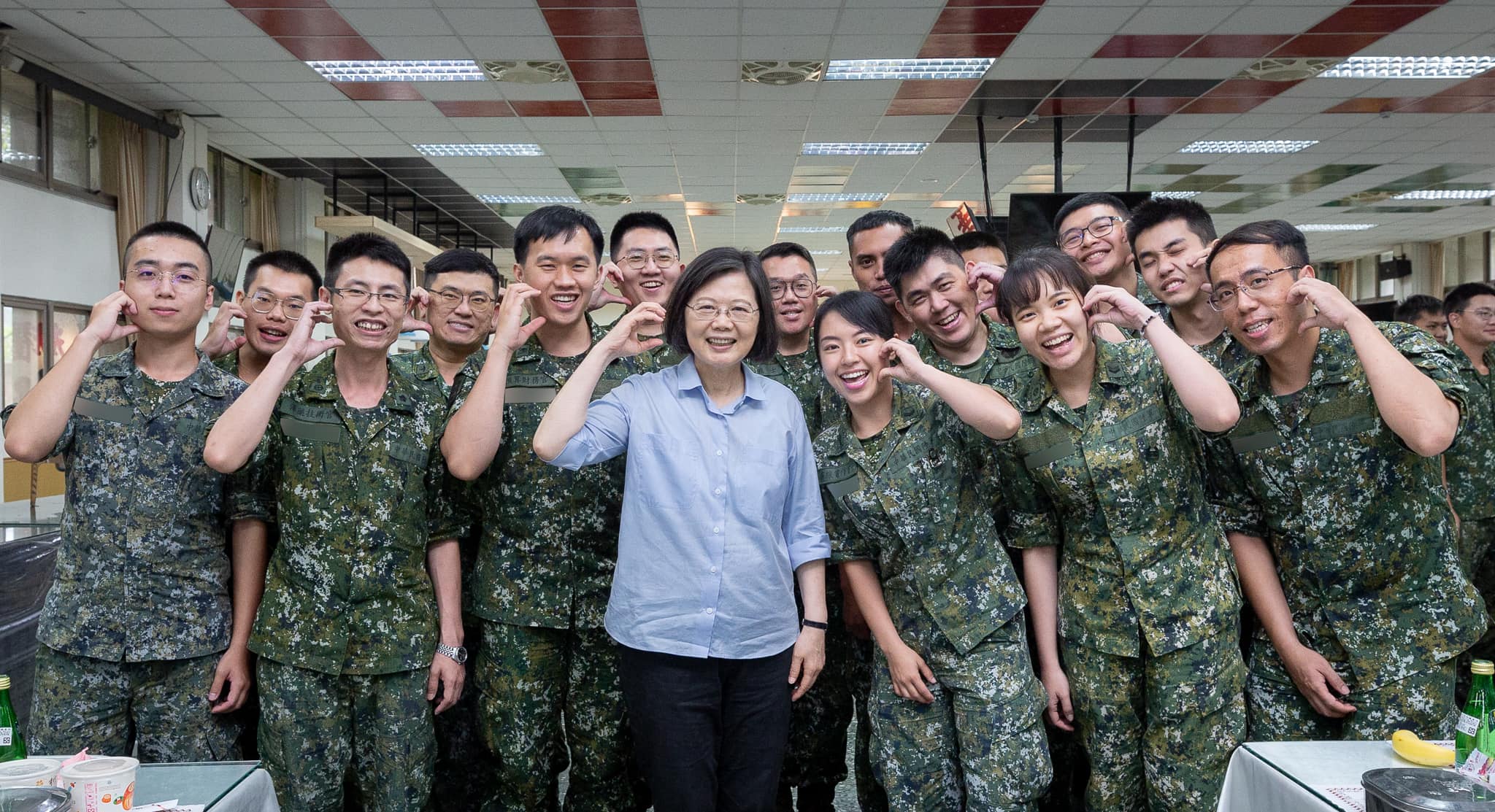by Brian Hioe
語言:
English
Photo Credit: AjaxSmack/WikiCommons/CC BY-SA 3.0
A RECENT REPORT in the United Daily News (UDN) claimed that the US had requested Taiwan to develop bioweapons. The report cited what were reported as the minutes of a secret meeting on June 23rd.
Supposed bioweapon development would take place at the National Defense Medical Center (NDMC), a medical school associated with the ROC military. Specifically, this would take place at a biosafety level 4 (P4) laboratory being built at the NDMC.
This report proves noteworthy, in that it draws together a number of significant threads of disinformation in circulation in past years, as well as pan-Blue political narratives. To this extent, the report indicates the decline of the UDN, which remained the more credible pan-Blue newspaper after the China Times was purchased by the Want Want Group in the early 2010s.
Now, it is clear that the UDN has become a potential vector for disinformation. Some would speculate as to whether UDN is directly acting on behalf of the United Front, or whether this simply reflects to what extent deep polarization has set in regarding the pan-Blue camp.
Representatives of the UDN including its editor-in-chief have been present at cross-strait summits involving representatives of Want Want Group-owned outlets such as the China Times and CtiTV, CTV, the Taiwan Broadcasting Association, and Taiwan Radio and Television Program Association in which participants were urged to promote the unification of Taiwan and China and signed a cooperation agreement. The first such event took place in May 2019, with state-run media outlets such as the People’s Daily and Xinhua News present, and at the event Wang Yang, chairman of the Chinese People’s Political Consultative Conference National Committee, gave a speech attempting to dissuade participants from the view that the US would intervene on Taiwan’s behalf in the event of a Chinese invasion.
Nevertheless, it has become increasingly common for members of the pan-Blue camp to assert that the US is pushing Taiwan to dangerous courses of action through weapons purchases, or that this violates international norms. One saw this with claims that purchases of Volcano landmine systems from the US violated international conventions on anti-personnel landmines, when these landmines were explicitly for anti-tank use, could not be triggered by a person standing on them, and are visible to the naked eye. Likewise, the suggestion was that Taiwan would become similar to Cambodia, in becoming littered with landmines in a manner dangerous to civilians.
 Photo credit: Tsai Ing-wen/Facebook
Photo credit: Tsai Ing-wen/Facebook
To this extent, it is significant that the claim the US instructed Taiwan to develop bioweapons sharply mirrors conspiratorial claims from western sources that COVID-19 was originally a Chinese bioweapon developed in a Wuhan-based P4 facility. In turn, China has sought to suggest that COVID-19 actually has American origins, having traveled to China through frozen food shipments, or that it could have been a US-developed bioweapon. One popular conspiracy theory in China suggests that COVID-19 was developed at Fort Detrick, a US military base in Maryland. P4 facilities also existed at Fort Detrick in the past.
The Taiwanese government has responded that P4 facilities at the NMDC are intended to research detecting and treating infectious diseases, rather than developing bioweapons. Indeed, one also suspects that the US would not approve of Taiwan developing bioweapons due to the potential for Taiwan to use them in a manner that does not dovetail with US interests–it was US pressure that led to the end of Taiwan’s nuclear program, for example.
Nevertheless, given that there is a segment of the Taiwanese public that is susceptible to and increasingly believes Chinese disinformation about COVID-19, it is not surprising that some element of the Taiwanese public would likely be susceptible to such claims. As such, the UDN report was leveraging on existing narratives and disinformation that was already in circulation.
More generally, the pan-Blue camp has increasingly leaned into political claims aimed at sowing doubt about the US. The suggestion is that the US is not a credible ally for Taiwan, with the aim of taking the wind out of the sails of the DPP’s successes in strengthening ties between the US and Taiwan. This also draws on international discourse that alleges Ukraine provoked Russia’s invasion last year by becoming too close with NATO and the US. This proves ironic, given that the KMT could only maintain political power in Taiwan for decades during the authoritarian period because of US backing.

